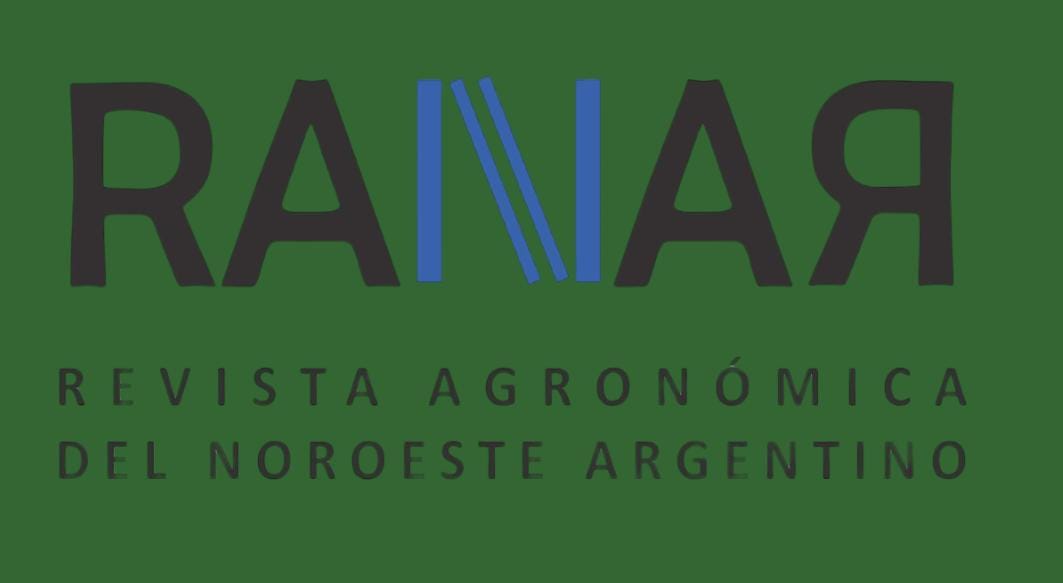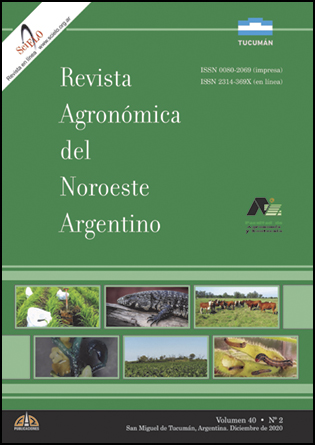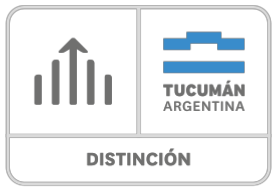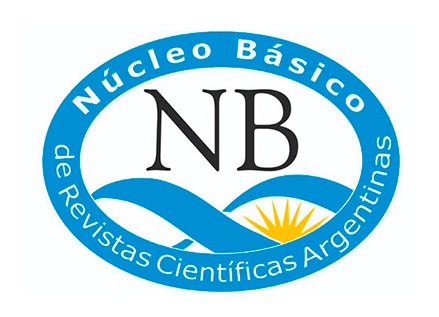Hialuronic acid in the eggshell of Salvator merianae (Squamata: Teiidae)
Keywords:
Biomaterials, Glycosaminoglycans, Raman spectroscopy, ReptilesAbstract
Eggshell is a multifunctional biological system in which minerals, fibril-forming biopolymers, and glycosaminoglycans coexist, whose combination produces materials with exceptional qualities and functional heterogeneity. In particular, glycosaminoglycans are characterized by their properties to produce viscoelastic hydrogels, control bacterial growth, and provide tissue resistance. In this work, we examined the eggshell surface of Salvator merianae with optical microscopy, transmission electron microscopy, and Raman vibrational spectroscopy. Histochemical examination using
Alcian Blue combined with Periodic Acid-Schiff demonstrated a continuous glycosaminoglycan coating on the eggshell surface. Ultra-structurally this glycosidic coating exhibited an amorphous configuration with zones of different electron density. Besides, Raman spectroscopic analysis of this region showed representative vibrational bands of hyaluronic acid. A characteristic biopolymer coating for its high hydration capacity and rheological properties would be linked to the necessary hydric requirements for S. merianae embryonic development and would allow considering appropriate parameters for the artificial incubation of eggs in this species. Determining the biomolecules that make up the eggshell of reptiles could provide new biological material for research in the emerging field of biomaterials.









